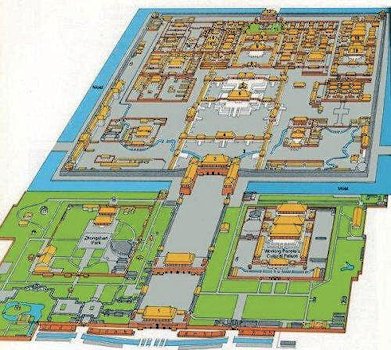Hello Wahnam Family,
Just to get things started I will give a brief overview of the Xia Dynasty.
The Xia dynasty is the first of the historical dynasties, where being ruler was passed on as a birth right. The first Emperor of the Xia Dynasty as legend told was Emperor Yu who was given the throne by the last of the Five Emperors, Emperor Shun.
There were 13 kings in all who reigned through the Xia Dynasty which spanned over a period of 500 years.
The Xia Dynasty was the end of the Neolithic Age and the start of the Bronze Age, where skills and culture began to change, leading to the following Shang Dynasty.
Much of whats known in this era is through archealogical digs as there were no written accounts, the written sources of information were taken from the Records of the Grand Historian which are regarded as legend rather than fact as they were written between 109 BC to 91 BC by the famous Scribe and Historian Sima Qian 1,500 to 2,000 years later.
Anyone who would like to add anything to this please do
Just to get things started I will give a brief overview of the Xia Dynasty.
The Xia dynasty is the first of the historical dynasties, where being ruler was passed on as a birth right. The first Emperor of the Xia Dynasty as legend told was Emperor Yu who was given the throne by the last of the Five Emperors, Emperor Shun.
There were 13 kings in all who reigned through the Xia Dynasty which spanned over a period of 500 years.
The Xia Dynasty was the end of the Neolithic Age and the start of the Bronze Age, where skills and culture began to change, leading to the following Shang Dynasty.
Much of whats known in this era is through archealogical digs as there were no written accounts, the written sources of information were taken from the Records of the Grand Historian which are regarded as legend rather than fact as they were written between 109 BC to 91 BC by the famous Scribe and Historian Sima Qian 1,500 to 2,000 years later.
Anyone who would like to add anything to this please do










Comment